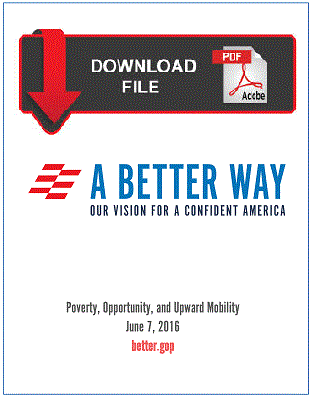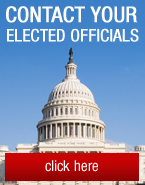Ideology, more often than not, drives policy. Denise Rhoades, a fervent conservative and Circles enthusiast, approached me after hearing my panel remarks at the Midwestern Governors Association conference on poverty and commented, “You are a progressive with a conservative accent.” Bemused, I asked her what she meant. She said that my focus on economic development, job creation, qualifying people for the workforce, and changing the accountability of the system are ways in which both progressive and conservatives can agree.
Denise and I continued our conversation, and she suggested we write a book together, which we did, titled, Bootstraps and Benefits, What the Right and Left Understand about Poverty and How We Can Work Together for Lasting Solutions. In it, we describe ideological assumptions of those who believe in creating more benefit programs and those who believe in offering bootstrap incentives. Making generalizations for the purpose of understanding one another can come with more risk than reward. Any attempt might be fraught with opportunities for misunderstanding and faultfinding. Yet, for those who would appreciate more of an explanation of what we mean by Bootstraps and Benefits, here are a few broad-stroke generalizations:
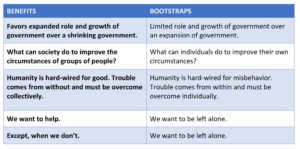
With regard to the Bootstraps and Benefits ideologies, where would you place yourself on the scale below? Where would you place your community? Where would you place your organization’s board and top management team?

The Bootstraps and Benefits book appreciates both perspectives, while keeping a focus on reducing the poverty rate by 10% and supporting families to achieve 200% of the federal poverty level (FPL). The FPL for a family of four is roughly $25,000, so we aim for a family of this size to earn twice that income, or roughly $50,000 annually.
Focusing on clear goals is a unifying way to address the differences between conservative and liberal political ideologies. It isn’t necessary to agree or compromise on key values when we are disciplined in working together on achieving mutual goals. Arguing about hot topics can even be avoided by viewing them as distractions from supporting people out of poverty.
With regard to legislation, administrations will always support policies consistent with their party’s viewpoints. Thus, our work must align with right and left policy opportunities that show efficacy in reducing the poverty rates. Furthermore, evidence shows that poverty rates go down when the economy is producing more and better jobs. Therefore, transformational leaders can become interested in economic development planning and can align poverty reduction efforts with the emerging economy.
The content for this Blog Series is drawn from the Poverty Reduction Lab program, a collaboration with CQIU. Stay tuned for more about:
- Dismantling the poverty management system,
- Leading your community through the four stages of change, and
- Creating a pathway to end poverty.
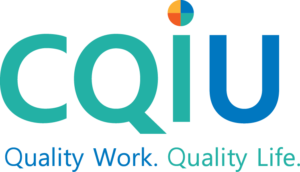
To receive subsequent blog posts, sign-up for The Big View Newsletter, our monthly bulletin about poverty research and policy change.
Warm regards,
Scott. C. Miller, Founder and CEO, Circles USA
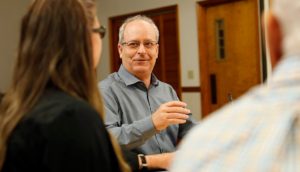


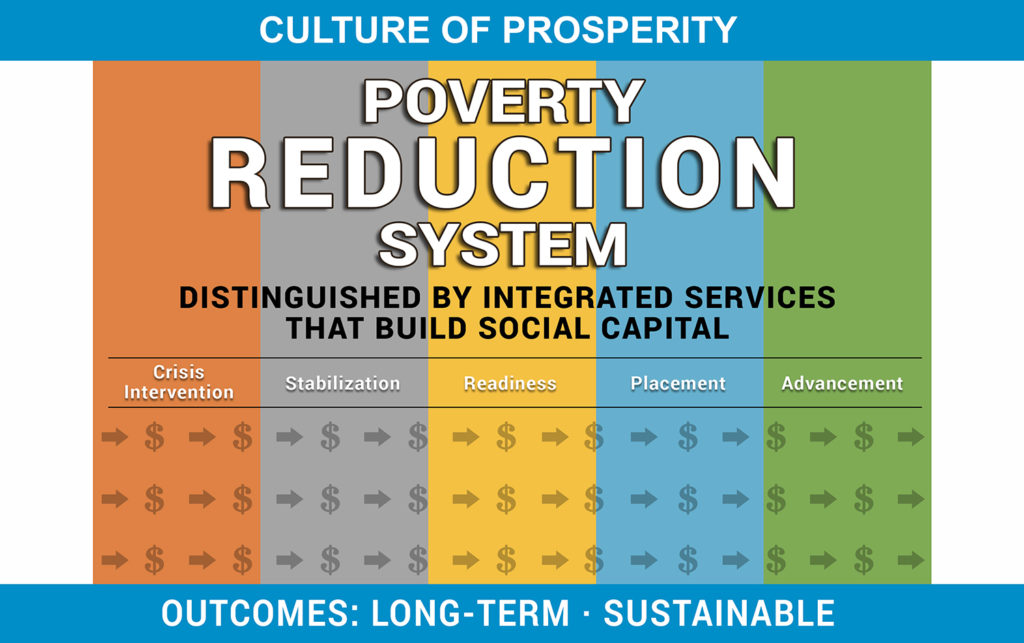
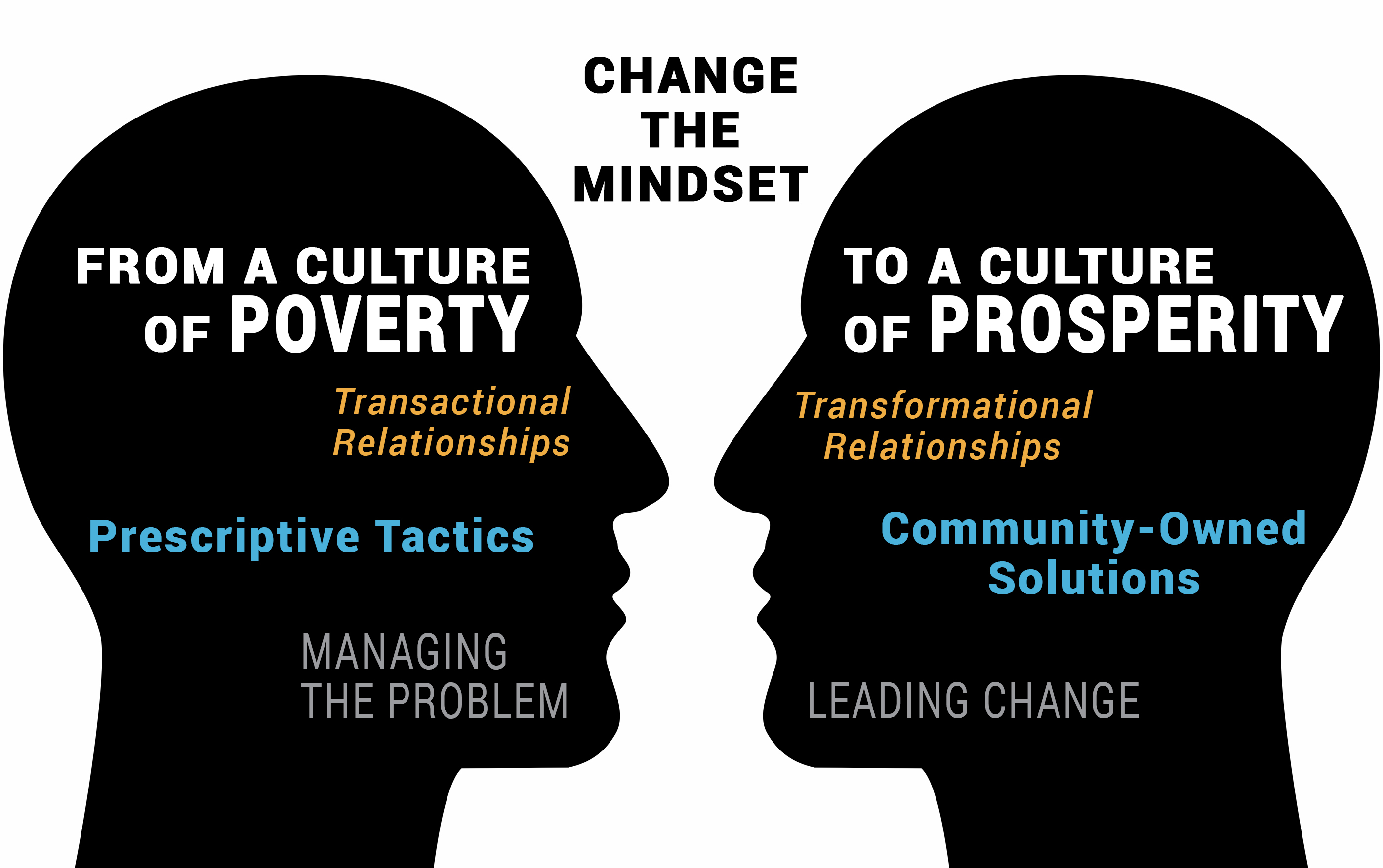



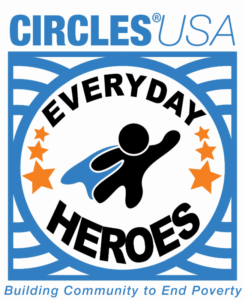

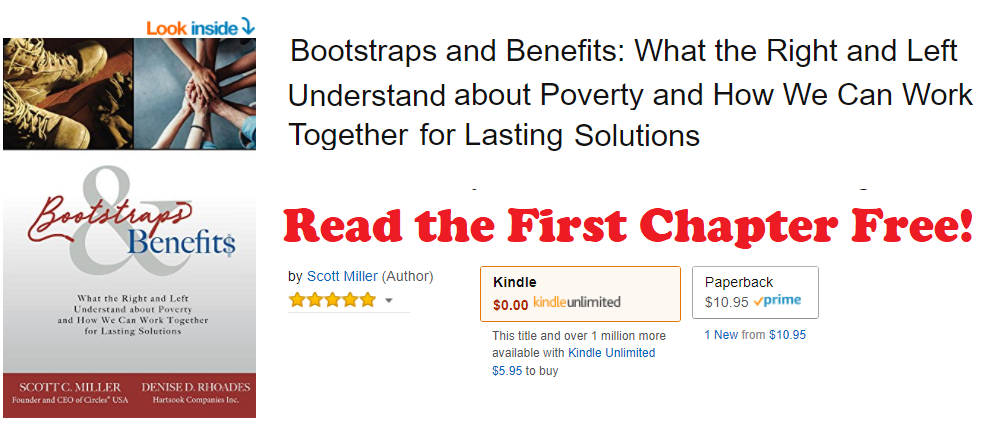

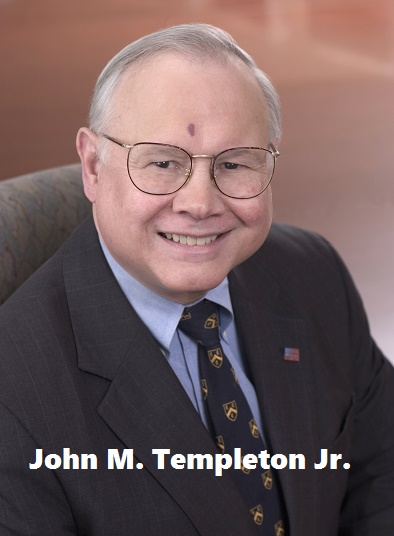

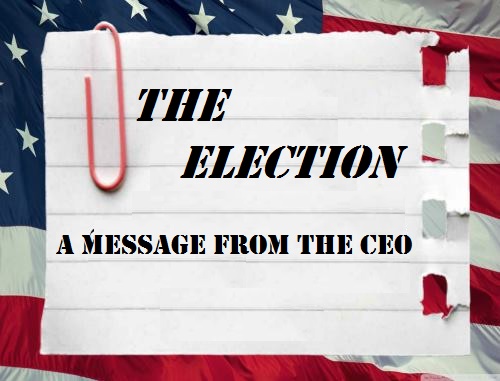 This week’s election has awakened me from a certain amount of sleepwalking. Even though I pay attention to national and global affairs, I often don’t take the time to register the weight of the seismic events affecting our world. I can be emotionally detached from the churning, suffering, and momentous upheaval that is the reality for so many people.
This week’s election has awakened me from a certain amount of sleepwalking. Even though I pay attention to national and global affairs, I often don’t take the time to register the weight of the seismic events affecting our world. I can be emotionally detached from the churning, suffering, and momentous upheaval that is the reality for so many people.
